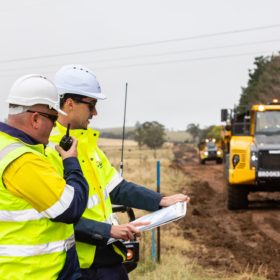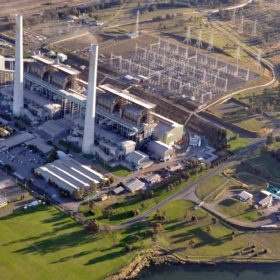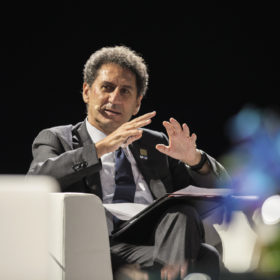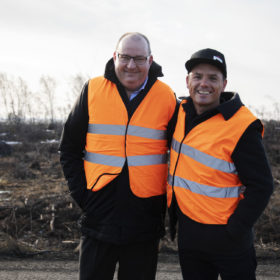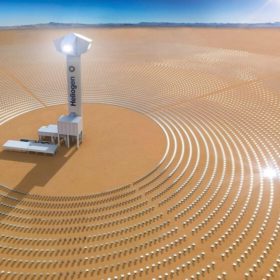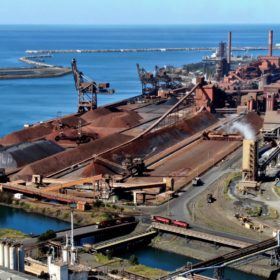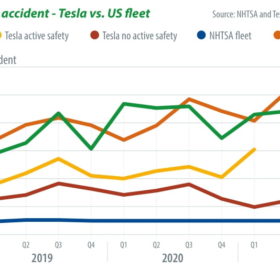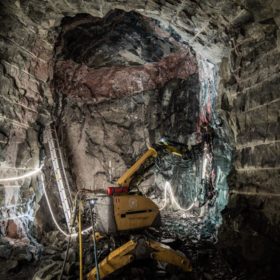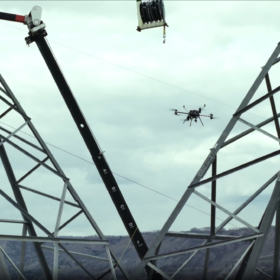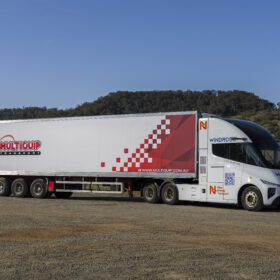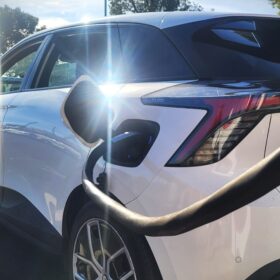Australia’s largest hybrid solar + battery project hits ‘major milestone’
Australia’s largest hybrid solar and battery project, the New England Solar Farm & Battery Project in northern New South Wales, has reached a new milestone over the weekend following the delivery of the first of two massive 250 MVA transformers.
AGL commences shutdown of coal-fired Liddell power plant
Australia’s march towards a renewable energy future has reached another milestone with AGL Energy announcing the closure of the first of four turbines at the 1,680MW coal-fired Liddell Power Station, signalling the beginning of the end for the ageing plant.
World will need 5.2TW of solar this decade to avoid climate breakdown
The International Renewable Energy Agency’s latest global outlook has spelled out just how ‘woefully’ far the world is from capping temperature rises at 1.5C, and lamented: ‘The stimulus and recovery efforts associated with the pandemic have also proved a missed opportunity.’
WA company recovering battery-grade vanadium from waste hailed by EU as on ‘cusp’ of major player status
A West Australian joint venture seeking to recover high-purity vanadium from a steel industry waste product using a carbon negative process has won the support of the European Union. “We’re not the first people to look at that project, but we’re the first people to look at it through a different lens and use this type of process,” Neometals’ General Manager of Commercial and Investor Relations, Jeremy McManus, told pv magazine Australia. The project, which is still in the early stages, is already been sought out by potential offtakers “desperate to secure green vanadium,” McManus added.
Woodside backs concentrated solar startup ahead of Australian tech push
Australian fossil fuels giant Woodside will invest in US-based concentrated solar startup Heliogen, supporting its construction of a full-scale concentrated solar thermal demonstration plant in California ahead of a push into Australia.
NSW hydrogen hubs draw eight times more interest than expected
Traditionally one of the slower states to move away from fossil fuels, New South Wales is rapidly turning the tables – and the market is responding enthusiastically. The state government yesterday revealed it had received more than $4 billion worth of investment interest for its Hunter and Illawarra hydrogen hubs.
The weekend read: E+V = better vehicles
Electric vehicle batteries are packed with energy, with additional battery density and efficiency working to quell range anxiety for drivers. But with that capability lingers a concern from some that EVs may pose a fire risk and a challenge for first responders in the event of accidents. Western Australia’s Professor Ray Wills from Future Smart Strategies bought his first EV in 2012 and argues that in terms of safety, EVs remain an easily superior vehicle, and even the tiny fire risk that exists is an ever-diminishing issue.
Power outages in WA may be a sign of what’s to come, independent review finds
The extensive power outages experienced in Western Australia last Christmas were a result of extreme weather rather than human failure, an independent review has found. The report’s author, AEMC’s Michelle Shepherd, notes such instances will likely become increasingly frequent with climate change.
New ‘adaptive’ trackers for tricky terrain to cut both project cost and land disturbances
Nextracker has today launched its new terrain-following, single-axis tracker built specifically for projects on sloped, uneven, and challenging sites. Nextracker believes its new NX Horizon-XTR line will be market-shaping, especially in countries like Australia where opposition to land disturbances of utility-scale solar is growing.
Rock cavern for green hydrogen storage takes shape in Sweden
Vattenfall, SSAB and LKAB have reached the halfway point in the construction of a rock cavern storage facility in a coastal city in northern Sweden. The 100-cubic-metre facility is being constructed 30 metre below ground and will begin storing green hydrogen next year.
